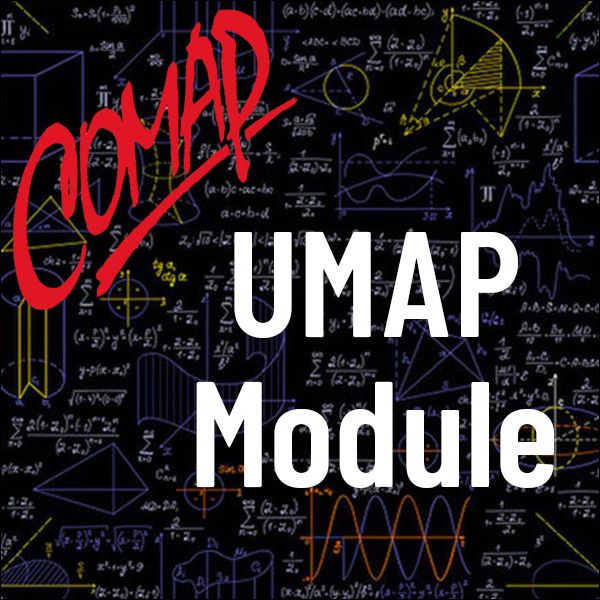Prescribing Safe and Effective Dosage (UMAP)
Author: Brindell Horelick & Sinan Koont
In this module two problems are posed: 1) determining the effect on blood concentration levels of repeated doses of a drug; and 2) scheduling drug administration to achieve safe but effective levels. An exponential model of drug level decay is set up. The implications for both short and long intervals between doses are explored. Students use this model to determine how to keep the concentration between given upper and lower bounds, and are given an opportunity to suggest other phenomena for which the model might be useful.
Table of Contents:
1. DRUG DOSAGE PROBLEMS
1.1 Gradual Disappearance of a Drug from the Body
1.2 What is the Effect of Repeated Doses of a Drug?
1.3 How to Schedule for a Safe but Effective Drug Concentration
2. A MATHEMATICAL MODEL OF DRUG CONCENTRATION
2.1 The First Assumption
2.2 Units of Measurement
2.3 Drug Concentration Decay as a Function of Time
2.4 The Second Assumption
3. DRUG ACCUMULATION WITH REPEATED DOSES
3.1 Quantities to be Calculated
3.2 Calculation of Residual Concentration
3.3 Results for Long Intervals Between Doses
3.4 Results for Short Intervals Between Doses
4. DETERMINING A DOSE SCHEDULE FOR SAFE BUT EFFECTIVE DRUG CONCENTRATION
4.1 Calculating Dose and Interval
4.2 Reaching an Effective Level Rapidly
5. ADDITIONAL EXERCISES
6. MODEL EXAM
7. ANSWERS TO EXERCISES
8. ANSWERS TO MODEL EXAM
9. SPECIAL ASSISTANCE SUPPLEMENT

Mathematics Topics:
Application Areas:
Prerequisites:
You must have a Full Membership to download this resource.
If you're already a member, login here.